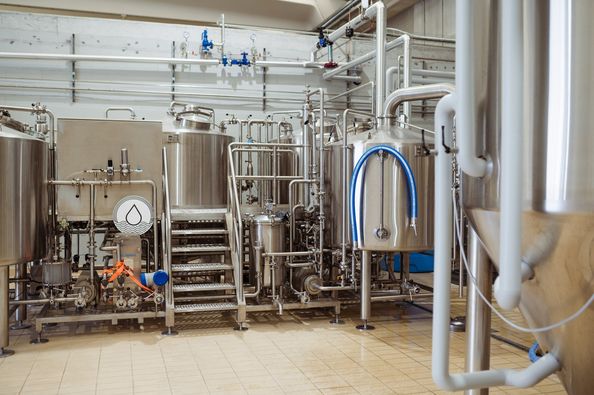Fermentation Controller:Uses, Types, and Buying Guide
What Is a Fermentation Controller?
Let’s kick things off with the basics. A fermentation controller is essentially the brain of any fermentation setup—think of it as the thermostat for your beer, wine, kombucha, or sourdough. Fermentation is a temperature-sensitive process. Yeast and bacteria are fussy little organisms; they work best when it’s not too hot, not too cold, but just right. That’s where fermentation controllers step in. These handy devices monitor and regulate the temperature of your fermenter, ensuring that your yeasts and microbes stay in their ideal comfort zone.
Without one, you’re left playing the guessing game—checking thermometers, moving carboys into colder rooms, or wrapping them in blankets. With a fermentation controller, you’re not just reacting, you’re in control. You can set it and forget it. Whether you’re crafting a crisp lager or a funky farmhouse ale, consistency is king, and a controller is your secret weapon.
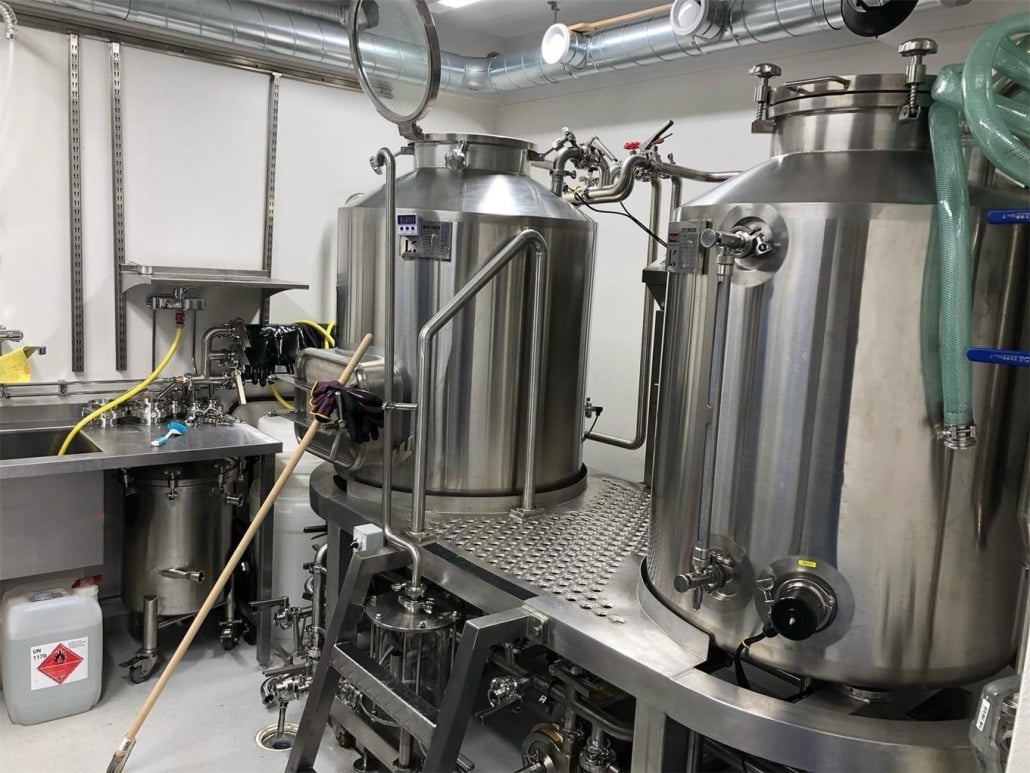
Why Fermentation Control Matters
Fermentation isn’t just a phase in brewing—it’s the phase where sugar turns into magic (a.k.a. alcohol, flavor, and carbonation). The entire taste profile of your product hinges on how well you manage it. Ferment too hot, and you could end up with fusel alcohols that taste like jet fuel. Too cold, and the yeast might snooze on the job, leading to sluggish or stalled fermentation.
A good fermentation controller prevents these disasters by maintaining a stable environment, even when the room temperature swings like a pendulum. It gives you the power to dial in the perfect conditions for the specific yeast strain you’re using. For example, ale yeasts generally like it between 65–72°F (18–22°C), while lager yeasts prefer the chilly end—50–55°F (10–13°C). Precision here equals perfection in your final product.
Types of Fermentation Controllers
When it comes to choosing a fermentation controller, the market offers several varieties, each with its strengths, weaknesses, and price points. Let’s dive into the three main types.
Single-Stage Controllers
These are the most basic. They either heat or cool, but not both at the same time. If you’re in a climate-controlled environment, a single-stage unit may do the trick. They’re cheaper, simpler to use, and great for beginners.
Dual-Stage Controllers
These guys are the multitaskers. They control both heating and cooling. Imagine a refrigerator hooked up to a heating pad, and this controller is the referee making sure they’re not fighting. Dual-stage models are ideal if your brewing area experiences temperature fluctuations.
Wi-Fi/Smart Controllers
Tech-savvy brewers, rejoice. These controllers can be monitored and adjusted via smartphone apps. Some even log data, alert you to issues, or let you schedule temp changes for advanced fermentation profiles. They’re more expensive but worth it for control freaks and pros.
| Controller Type | Controls | Best For | Pros | Cons |
|---|---|---|---|---|
| Single-Stage | Heat or Cool | Beginners, budget setups | Affordable, simple | Limited functionality |
| Dual-Stage | Heat and Cool | Intermediate brewers, inconsistent climates | More control, versatile | Slightly more complex |
| Wi-Fi/Smart | Heat, Cool, Monitor | Advanced brewers, data geeks | Remote control, logs, alerts | Higher price, app dependence |
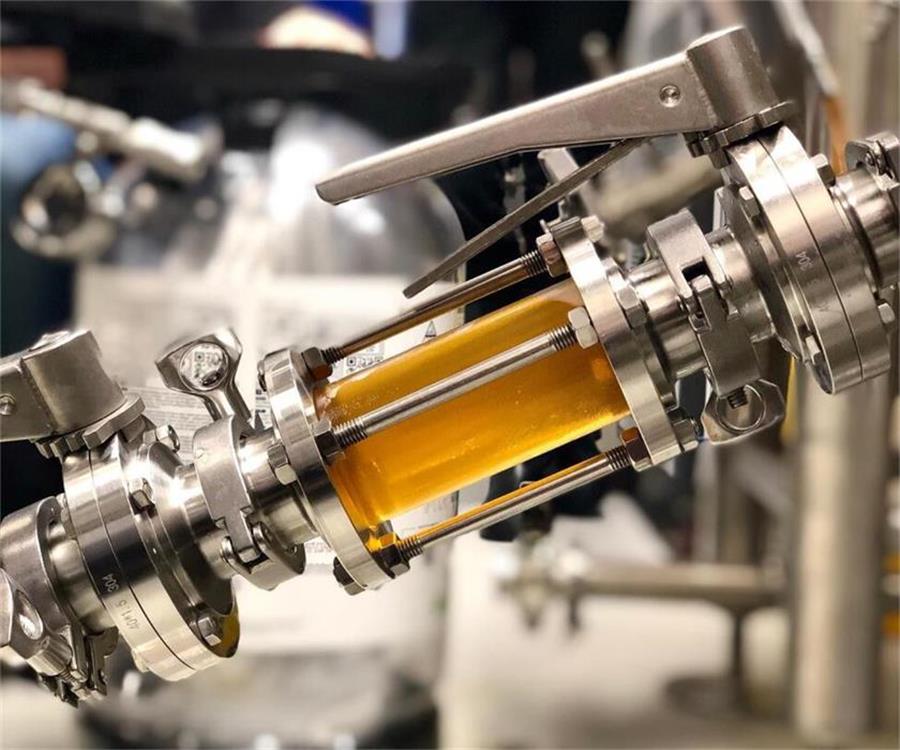
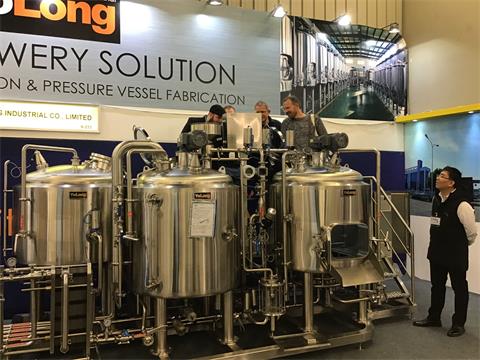
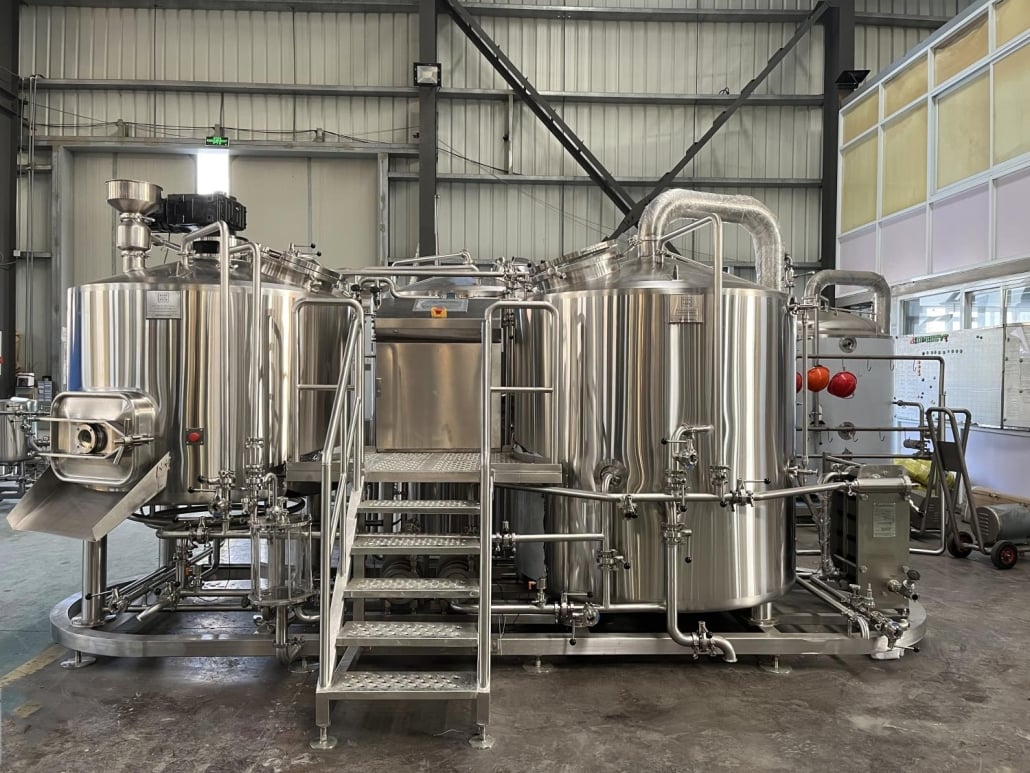
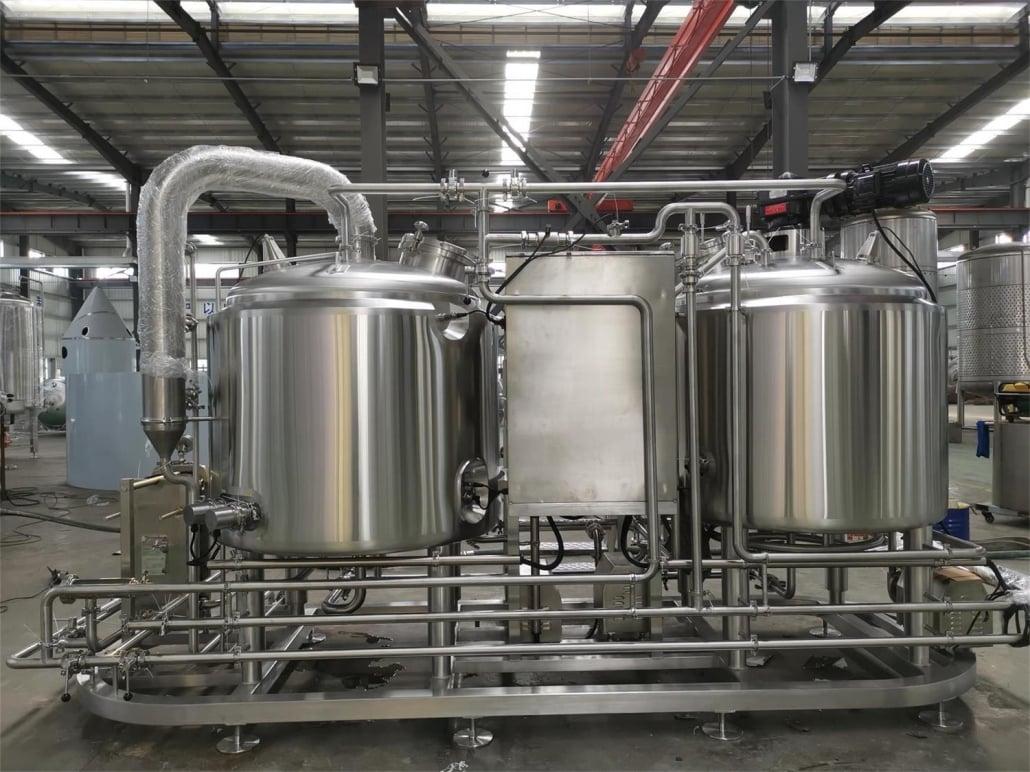
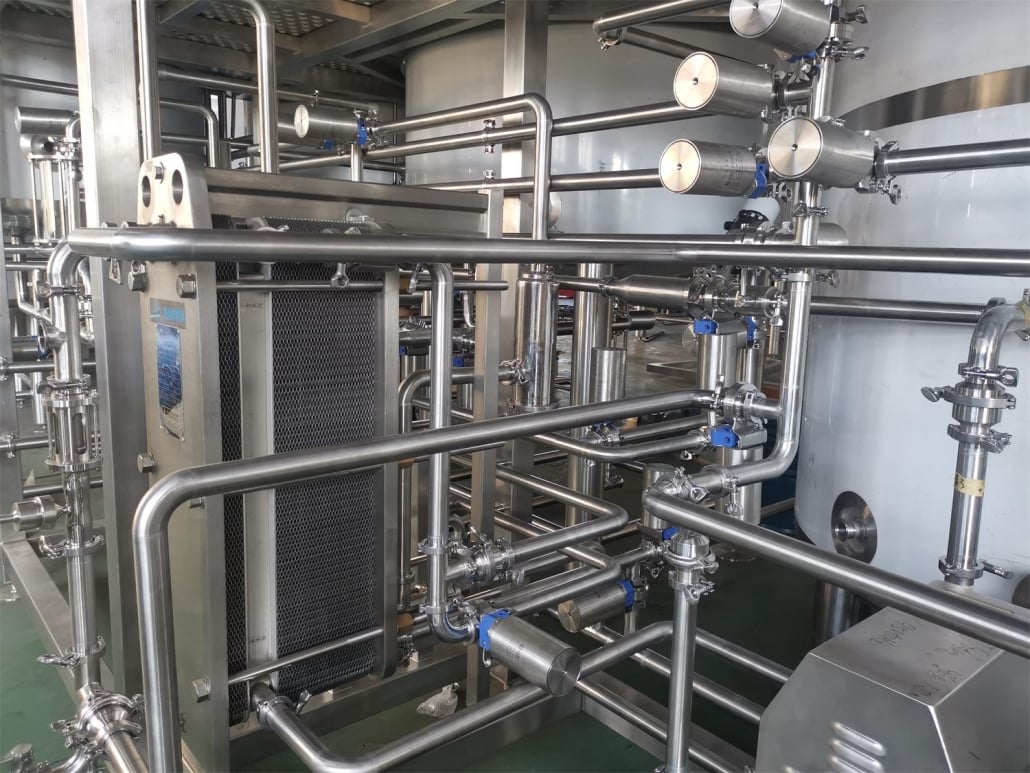
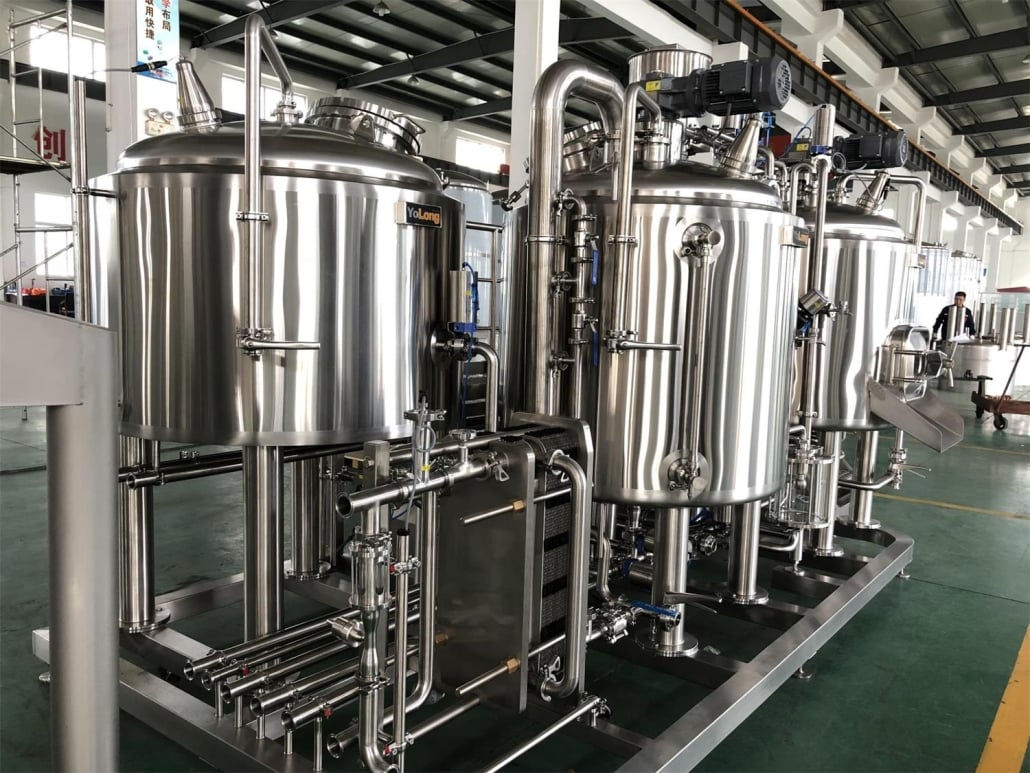
Key Features to Look For in a Fermentation Controller
Alright, so now that you’re sold on needing one, what features should you be looking out for?
Temperature Range & Accuracy
Not all fermentation projects need the same temperature range. You’ll want a controller that handles both low temps (for lagers) and higher temps (for saisons or kefir). Plus, precision matters—a 1°F swing can alter the final product.
Ease of Use
Nobody wants to fight with their gear. Look for models with intuitive interfaces, readable displays, and simple calibration. Bonus points if it has preset modes for common fermentation styles.
Probe Type and Length
The temperature probe is your controller’s eye on the environment. Some go inside the fermenting liquid, while others stick to the outside. Go for waterproof, long probes if you’re working with larger vessels.
Power Output
Make sure your controller can handle the wattage of your heating or cooling devices. If you’re running a full fermentation chamber or fridge, check those amp ratings.
Build Quality and Reliability
A controller is only helpful if it lasts. Opt for brands known for durability, and check if it’s rated for continuous use. Sturdy casing and protective features like surge protection go a long way.
How to Choose the Right Controller for Your Fermentation Needs
Choosing the perfect fermentation controller depends on a few personal factors. First, ask yourself: what are you fermenting? Beer brewing needs different specs than yogurt making. Kombucha? That’s another story entirely.
Then, think about your environment. If your ambient room temperature stays pretty stable, you might get away with a single-stage model. But if you’re in a garage where temps go from desert to tundra overnight, dual-stage or smart models will give you peace of mind.
Budget matters too. A $40 Inkbird ITC-308 might be all you need. But if you’re running a commercial operation or want to control multiple fermenters, something like the BrewPi or the Fermentrack setup, which offers deep customization and monitoring, might be better suited—even if it costs a bit more.
Lastly, consider how tech-savvy you are. If you’re cool with a little DIY and software tinkering, you can unlock amazing features from open-source platforms. If you just want to plug it in and go, stick with something turnkey.
Comparison of Popular Fermentation Controllers by Features and Price
| Model | Type | Temp Range | Wi-Fi/App | Price Range | User Rating | Best For |
|---|---|---|---|---|---|---|
| Inkbird ITC-308 | Dual-Stage | -58°F to 210°F | No | $40–$60 | 4.7/5 | Budget, ease-of-use |
| Inkbird ITC-310T-B | Dual-Stage | -58°F to 210°F | No | $50–$70 | 4.6/5 | Timed temp profiles |
| Inkbird WiFi ITC-308 | Dual-Stage | -58°F to 210°F | Yes | $60–$80 | 4.7/5 | Remote monitoring |
| BrewPi Spark 3 | Smart | Custom via probe | Yes | $120–$250 | 4.8/5 | Advanced control, tech-savvy |
| RAPT Temp Controller | Smart | -4°F to 248°F | Yes | $100–$140 | 4.6/5 | Integrated brewery ecosystems |
Installation and Maintenance Tips for Fermentation Controllers
Installing a fermentation controller isn’t rocket science, but it does pay to be careful. Start by placing the temperature probe properly. For most accuracy, immerse it in the actual liquid using a thermowell. If that’s not possible, tape it snugly to the side of the fermenter with insulation.
Next, plug your heating or cooling device into the controller’s outlets. Most dual-stage controllers will have two clearly marked ports—one for heating, one for cooling. Make sure everything is rated for the right voltage and wattage.
Software-wise, if you’re using a smart controller, follow the app instructions carefully. Syncing can sometimes be tricky depending on your Wi-Fi setup, so take your time.
Maintenance is minimal, but important. Keep the probe clean. Check wires for damage occasionally. And give your unit a quick test run before every batch to avoid surprises halfway through fermentation.

FAQ
| Question | Answer |
|---|---|
| What’s the difference between single-stage and dual-stage controllers? | Single-stage controls either heating or cooling. Dual-stage handles both, allowing for better temperature stability. |
| Can I use a fermentation controller for kombucha, yogurt, or sourdough? | Absolutely! Just make sure the temperature range fits your specific fermentation needs. |
| Do I need a Wi-Fi-enabled controller? | Not necessarily. Wi-Fi adds convenience but isn’t required unless you want remote monitoring or data logging. |
| Are fermentation controllers safe to use? | Yes, if used properly. Always follow the manufacturer’s instructions, and don’t overload the power capacity. |
| How long do fermentation controllers last? | With proper care, a good controller can last for many years. Choose a well-reviewed brand with good build quality. |
| What’s the best budget-friendly fermentation controller? | The Inkbird ITC-308 is often recommended. It’s affordable, reliable, and easy to use. |
| Can I build my own fermentation controller? | Yes, especially with platforms like BrewPi or Fermentrack. Just make sure you’re comfortable with electronics and software setup. |
Share this entry
Interested in learning more about Brewing Systems including additional details and pricing information? Please use the form below to contact us!
YOLONG BREWERY EQUIPMENT FAQS
- Commercial Brewery / Craft Brewery / Microbrewery / Nanobrewery
- What is The Difference Between Craft Beer and Industrial Beer?
- The Bespoke Differences In Custom Brewing Systems
- Everything You Need to Know About Kettle Souring
- How to Choose Brewing Equipment for Your business?
- How To Choose The-Best Partner To Build Your Commercial Microbrewing System?
- Two Detection Sensors That You Need To Use In Your Brewhouse System
- Remote Control Applications in Brewing Equipment/How does it work?
- How To Clean Your Brand New Brewery Tanks?

